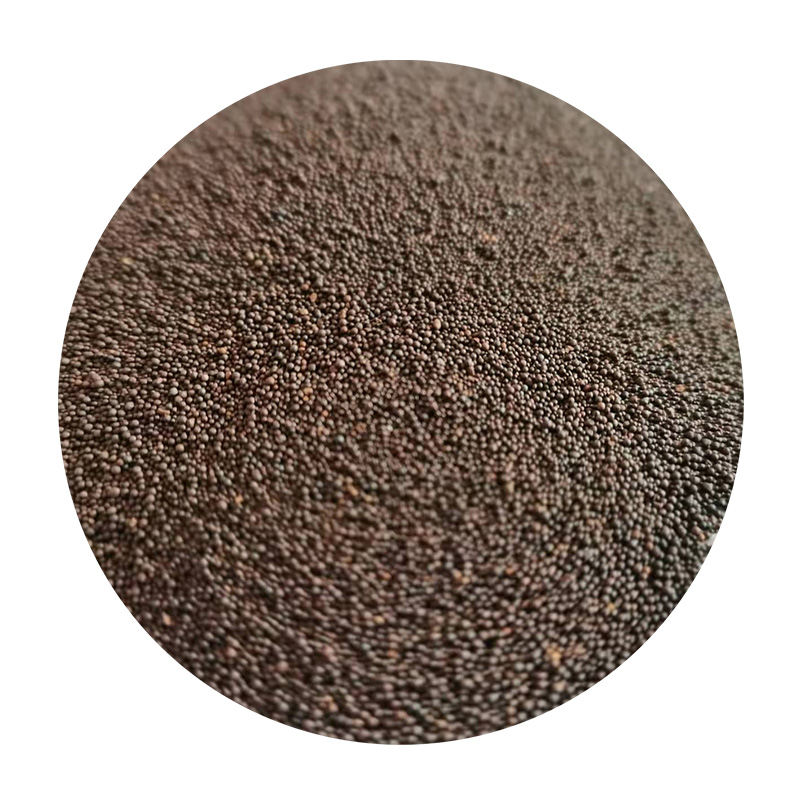Sanding 3D Printed Objects Techniques and Best Practices
3D printing has revolutionized the way we create and manufacture objects, offering unparalleled design flexibility and rapid prototyping capabilities. However, one significant challenge that often arises after the printing process is the surface finish of the printed items. Many 3D printed objects can emerge from the printer with visible layer lines, imperfections, and rough textures that may not meet the desired aesthetic or functional requirements. Sanding is a crucial post-processing technique that can enhance the surface quality of 3D printed models, making them smoother and more visually appealing.
Understanding the Need for Sanding
3D printing, especially with common filament materials like PLA, ABS, and PETG, typically results in parts with unique textures. These textures come from the additive manufacturing process, where layers of material are deposited one at a time. While this method allows for intricate designs, it also leaves behind layer lines that can be undesirable for certain applications such as prototypes, artistic models, or functional parts that require a smooth finish for better fit and performance.
The Sanding Process
Sanding 3D printed objects involves several steps and requires the right tools and materials. Here's a comprehensive look at the sanding process
1. Selection of Tools The primary tools needed for sanding include sandpaper, sanding blocks, or power sanders. Sandpaper comes in various grits, with lower numbers indicating coarser paper (e.g., 80-120 grits) and higher numbers representing finer paper (e.g., 400-1000 grits). For 3D printed materials, a combination of grits will usually yield the best results.
2. Initial Sanding Start with a coarse grit sandpaper to remove larger imperfections and to smooth out the most noticeable layer lines. Be sure to work in a circular motion or use long, even strokes to avoid creating flat spots on your model.
sanding 3d printed

3. Progressively Finer Grits Once the initial roughness is addressed, move on to finer grits of sandpaper. Gradually working from coarse to fine will help achieve a smoother surface. For best results, it's advisable to sand the piece a bit after each grit change to ensure even smoothing.
4. Wet Sanding For achieving an ultra-smooth finish, wet sanding is an effective technique. This involves using water or another lubricant as you sand which minimizes dust and helps the sandpaper work more effectively. It also helps in reducing the heat generated during sanding, which can cause melting in some thermoplastics.
5. Cleaning the Surface After each sanding stage, it's essential to clean the surface thoroughly to remove any dust and debris. Use a soft cloth or an air compressor to ensure the surface is free of particles before moving to the next sanding phase.
6. Surface Treatment After sanding, consider applying additional treatments such as priming or painting. These will not only enhance the aesthetic value but also provide an extra layer of protection against wear and tear.
Tips for Effective Sanding
- Patience is Key Rushing the sanding process can lead to uneven surfaces or damage to your model. Take your time with each stage. - Work in a Controlled Environment Dust and debris can interfere with your sanding results. Sand in a well-ventilated area or a designated workspace to maintain control over the process. - Safety First Always wear a mask and eye protection to avoid inhaling dust particles and to protect your eyes from any debris.
Conclusion
Sanding 3D printed objects can significantly elevate the quality of the final product. By employing the right techniques and tools, one can transform a rough 3D print into a sleek, polished piece that can be proudly displayed or utilized in practical applications. While it may be a time-consuming process, the end results are worth the effort, making sanding an essential skill for anyone involved in 3D printing.
Post time:সেপ্টে. . 30, 2024 10:38
Next:बालुवा ढालाई धातु प्रक्रिया सम्बन्धी विवरण
